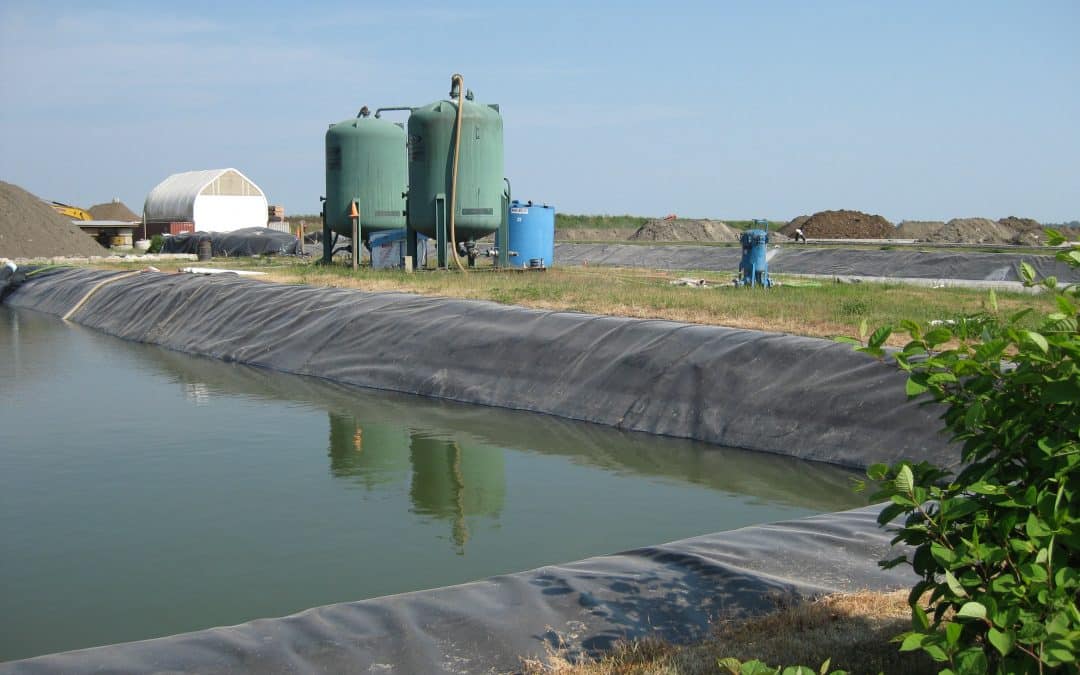At this former Dow Chemical plant site, Chatterton Chemical’s soil and groundwater were contaminated, the main source being a major toluene spill during plant operation. Following more than 10 years of investigation and remediation by another consultant, a conclusion remained years away and the owner retained Keystone Environmental to assist with the provision of technical oversight. Less than one year later, Keystone Environmental was asked if the remediation schedule could be shortened. In response Keystone Environmental prepared a plan with a two-year time frame which would enable the completion of remediation followed by securing a Certificate of Compliance to facilitate the development of this 118-acre serviced industrial property.
Our strategy included the assembly of all data collected during the previous decade of investigation and remediation. To date, data had not been assembled and consolidated into a single set making the development of a model of the site and an understanding of the current site conditions nearly impossible to assess.
With this initial step completed, we identified data gaps and prepared a preliminary plan and schedule to complete remediation. To fill the data gaps, a detailed investigation was completed with installation of 234 boreholes,135 monitoring wells, and the collection of soil, groundwater, and river sediment samples. The final on-site remediation was undertaken within one year of our engagement with Chatterton Chemicals, with the objective to reduce contaminant concentrations to levels allowing for residual contamination to be risk assessed or risk based. This would advance the project to the application for a Certificate of Compliance. Remediation works included the excavation, design and operation of a bio-cell to remediate 33,000 tonnes of contaminated soil, which was completed 8 months ahead of schedule.
Another significant challenge, at Chatteron Chemicals, was the management of a red listed species, Streambank Lupin. The Keystone Environmental team, working with the Streambank Lupin Recovery Team (including Fisheries and Oceans Canada) devised a plan to relocate the Streambank Lupin seed bank, thereby facilitating the remediation program that would not have advanced without the challenges successfully managed.
With the on-site remediation complete, off-site remediation by in-situ treatment is in approval stages from the neighbouring railway property owner while the risk assessment for current and future land use is in preparation to support the application for a Certificate of Compliance – on schedule and on budget.
Keystone Environmental’s Knowledge – Driven Results provide innovative solutions benefiting our clients.

